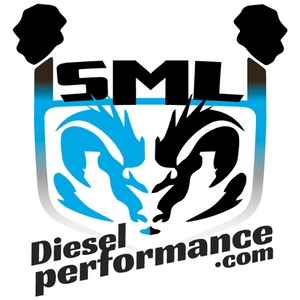Buying Guide: Rebuilt Automatic Transmission for Diesel Dodge RAM
The transmission is essential to the performance of your Dodge RAM diesel, but it can also be its greatest vulnerability.
My intention behind this buying guide is to help you choose a suitable transmission and an appropriate torque converter to improve the reliability and durability of your RAM.
This way…
- If you have problems with your transmission, you’ll solve them.
- If you want to modify your truck, your transmission will be able to keep up.
When we talk about rebuilt transmissions, it’s NOT a “one size fits all” solution. Here are the factors that impact the performance and reliability of a transmission:
- What you do with your truck: The weight of what you tow and on what type of terrain
- The modifications you make to your RAM’s mechanics to give it more HP: Programming, exhaust, injectors, turbo, fuel pump, etc.
- How regularly you maintain your transmission
- The driving style of the driver
- The size of the tires
- The differential ratio
All these factors can put extra pressure on an original transmission that exceeds its resistance capacity.
It’s wise to properly prepare your transmission before starting modifications on your RAM.
The design of a modified automatic transmission
When you replace your automatic transmission, you might wonder about the benefits it brings in terms of performance and durability.
Here are some explanations.
The modifications aim to improve gear shifts, responsiveness, and power transfer in your Dodge RAM diesel.
To achieve this, depending on the transmission model you choose and your budget, the transmission builder replaces internal components to improve:
- Heat resistance
- Electrical components
- Shifting
- Performance
- Internal pressure
- The strength of shafts and drum
- All worn and dried seals and gaskets are replaced as well.
All seals and gaskets that wear out and dry over time are replaced.
Aftermarket components are chosen for their quality and durability.
For a stronger transmission, hardened shafts and “billet” drums are used.
A “billet” part is one that is machined instead of being cast.
Therefore, a “billet” part stands out for its greater strength and durability.
These modifications allow you to have a transmission that shifts cleanly and without hesitation, with gears that won’t slip.
It can maintain its internal pressures for smooth transitions between gears and develop more torque. It is robust enough to meet the demands of a modified Diesel Dodge RAM.
Modifying the programming for the transmission:
Reprogramming the TCM is a crucial step in enhancing the performance of your Dodge RAM’s 68RFE transmission, especially to ensure its durability and protection.
The new programming aims to increase the internal pressures of the transmission, going from 160 PSI to 180 PSI or even up to 220 PSI, depending on the selected transmission model.
This increase in pressure serves to protect the transmission, namely:
- Reducing the risk of slippage (which causes an increase in internal temperature)
- Improving responsiveness during gear changes.
It’s important to keep the transmission’s internal temperature as low as possible for a more durable transmission, capable of handling heavier loads and more demanding driving conditions.
This contributes to a better driving experience, faster acceleration, and a transmission that responds more precisely to the driver’s commands.
Essential options for your new transmission!
1. Deep oil pan
If your newly rebuilt automatic transmission isn’t equipped with a deep pan, I highly recommend adding one.
It’s an additional feature that facilitates oil changes and helps to keep your transmission in a cooler working condition for as long as possible.
The primary goal is to keep the internal temperature of the transmission as low as possible.
To achieve this, a deep aluminum pan is essential.
The deep pan has the capacity to hold a larger amount of oil, which helps reduce the temperature of the transmission.
When the transmission operates at a lower temperature, the clutches and friction discs are less likely to wear out or get damaged.
This increases the lifespan of your transmission and optimizes its performance.
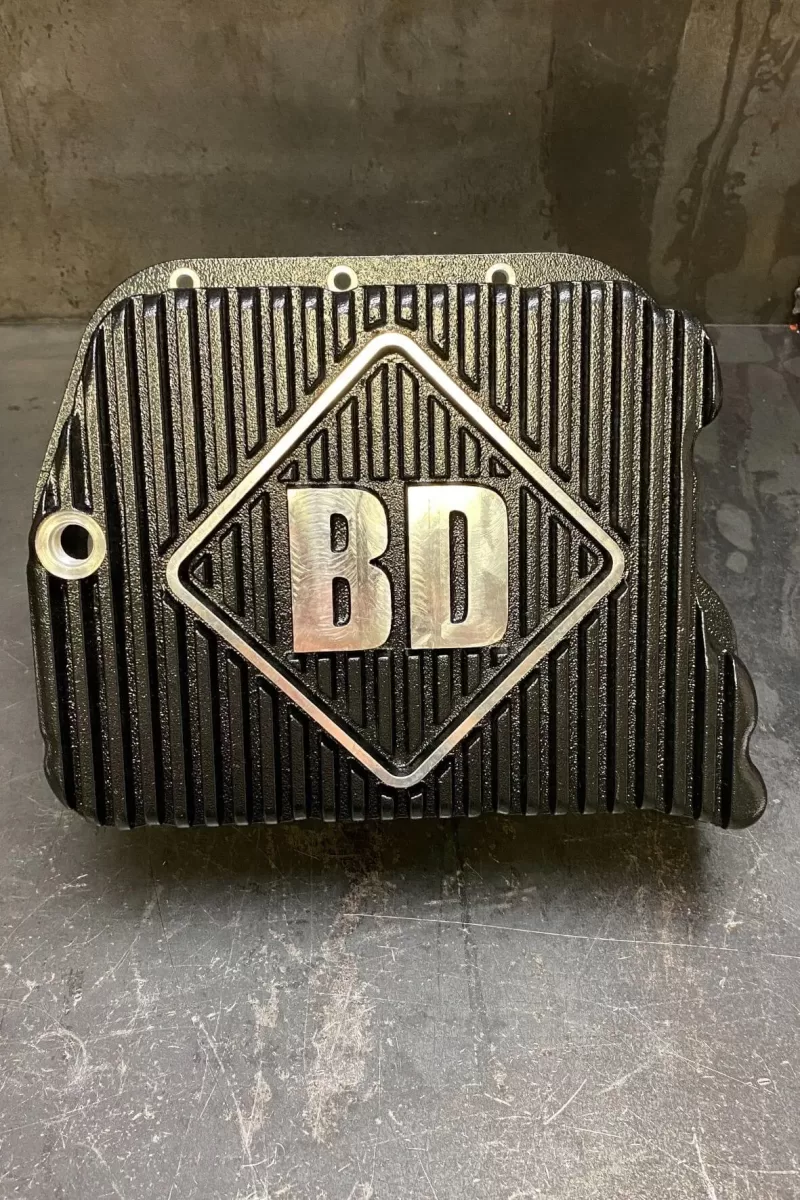
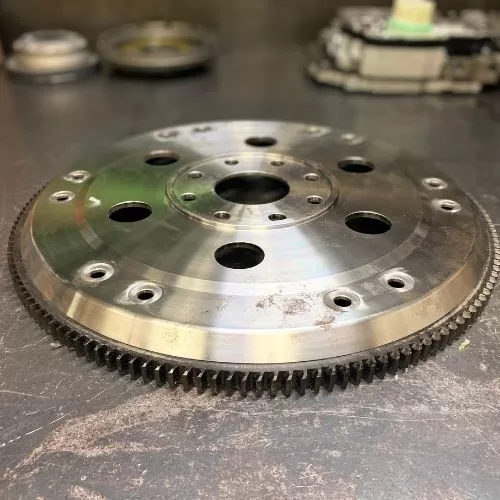
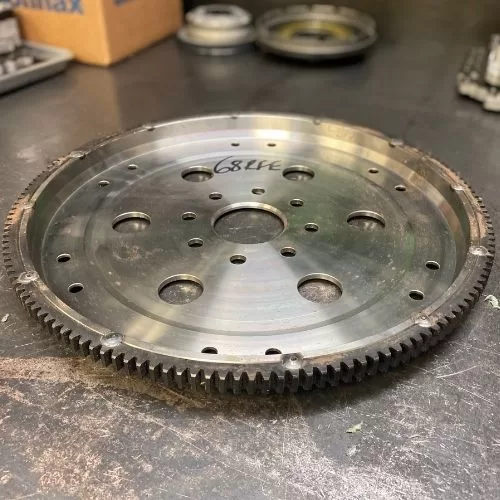
2. BILLET Flex Plate
When installing a modified transmission, it is highly recommended to choose a billet flexplate.
This component plays a crucial role in transmitting the engine’s power to the transmission.
Unlike original flexplates, often made from stamped steel, the billet flexplate is machined from a solid block of high-quality steel or aluminum.
One of the main advantages of installing a billet flexplate is its increased strength.
Due to its robust design, it can withstand higher torsional loads, which is essential when increasing engine power and torque.
The billet flexplate thus reduces the risks of warping, cracking, or breaking, ensuring a more reliable and durable power transmission.
Additionally, the billet flexplate offers greater flexibility in terms of customization.
It often features multiple attachment points for the torque converter, allowing precise adjustment of alignment and distance between the engine and the transmission.
In summary, installing a billet flexplate when upgrading to a modified transmission has numerous benefits.
3. Transmission cooler
To ensure the health of your new transmission, maintaining an optimal oil temperature is crucial.
There are several options to achieve this goal, including the installation of an additional transmission cooler.
This component plays a crucial role in dissipating the excess heat from the transmission oil, thereby maintaining a lower and more stable temperature.
By reducing the temperature, the transmission cooler helps to prolong the life of your transmission by reducing premature wear on internal parts and improving overall performance.
Investing in a quality transmission cooler provides additional protection to your transmission system, ensuring reliable driving and maximizing the durability of your vehicle.
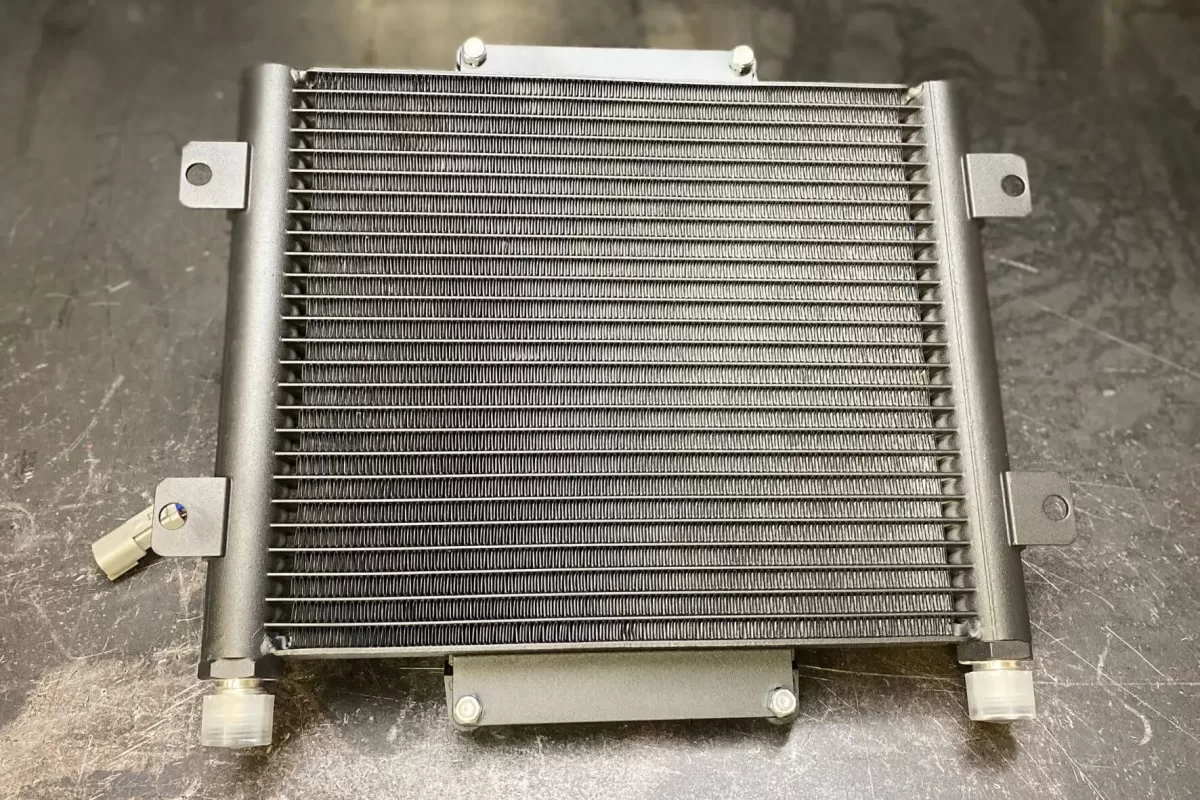
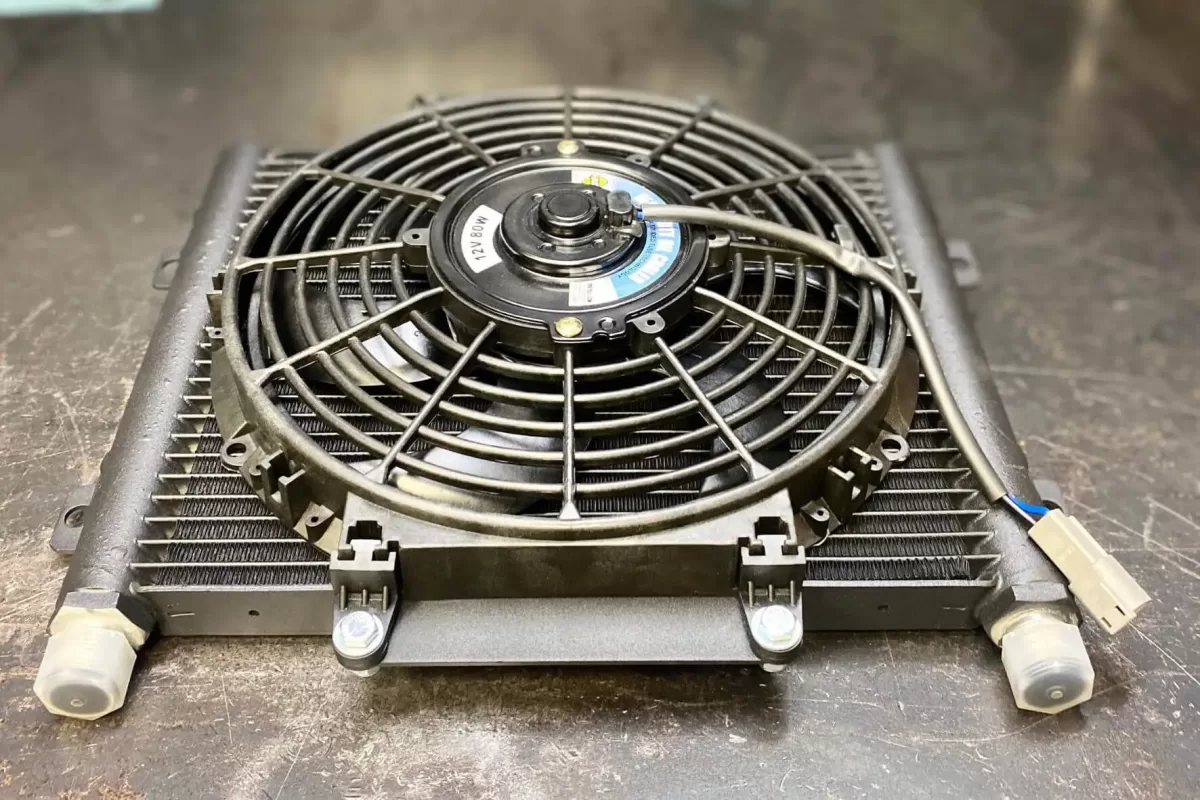
4. Transmission Lines
When installing a new transmission in your pickup, it’s crucial to check the transmission cooling system lines to ensure they are leak-free.
I recommend inspecting the lines for signs of rust, seepage, or leaks on the ground.
These symptoms can indicate potential problems and require immediate attention.
When it comes to replacing transmission lines, there are two common options.
The first is to opt for OEM steel lines. These lines are easy to install but can be more expensive.
The second option is to install high-pressure braided lines from Red Horse.
These lines offer several advantages, including increased resistance to rust, and also allow for bypassing the temperature exchanger (torque cooler).
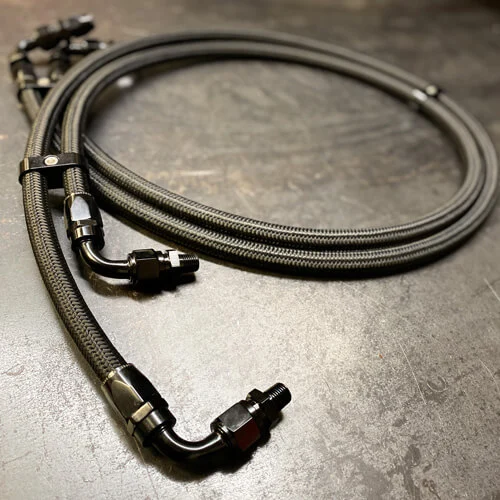
At SML Diesel Performance, we prefer installing Red Horse high-pressure braided lines.
By eliminating the transmission cooler, we avoid potential blockage problems caused by metal accumulation inside.
This measure helps prevent the transmission from overheating. Additionally, this option is cost-effective, as it saves on the expenses associated with replacing the cooler.
While this may result in a slight delay in preheat when starting in very cold weather, the overall performance of the transmission will not be significantly affected.
By choosing Red Horse high-pressure braided lines, you will benefit from improved durability, reduced risk of leaks, and the assurance of a high-performing transmission.
Our team of specialized technicians will be pleased to install these lines for you to optimize the performance of your transmission and ensure a confident driving experience.
Maintenance of your rebuilt automatic transmission
Regular maintenance is crucial for ensuring the longevity of a newly rebuilt automatic transmission.
The main element of this maintenance is the regular change of transmission oil. The oil to use is a high-quality ATF+4 synthetic oil.
Changing the oil allows you to monitor the health of your transmission by observing the color of the oil and detecting any metallic particles in the pan or on the magnet.
To keep your transmission in good condition, we recommend changing the oil and filter (filters for the 68RFE) every 50,000 kilometers.
Additionally, for the 47RH, 47RE, and 48RH transmissions, it’s important to adjust the two bands (front and rear) during maintenance.
For more information on adjusting the bands, you can consult our article: How to Adjust the Bands of a 47RH, 47RE, or 48RE Transmission.
By following these maintenance tips, you will preserve the performance and durability of your transmission over the long term.
The Power and Reliability of a Rebuilt Transmission…
…Why We Don’t Offer STOCK Transmissions
Simply because there are too many issues with stock transmissions.
As we take our customers’ satisfaction very seriously, we have made the decision to only offer modified transmissions.
Compared to a stock transmission, a rebuilt automatic transmission gives you greater peace of mind and the certainty of having a transmission that meets your performance and durability requirements.
Our top priority is to provide you with a pleasant and safe driving experience through our premium transmissions.
